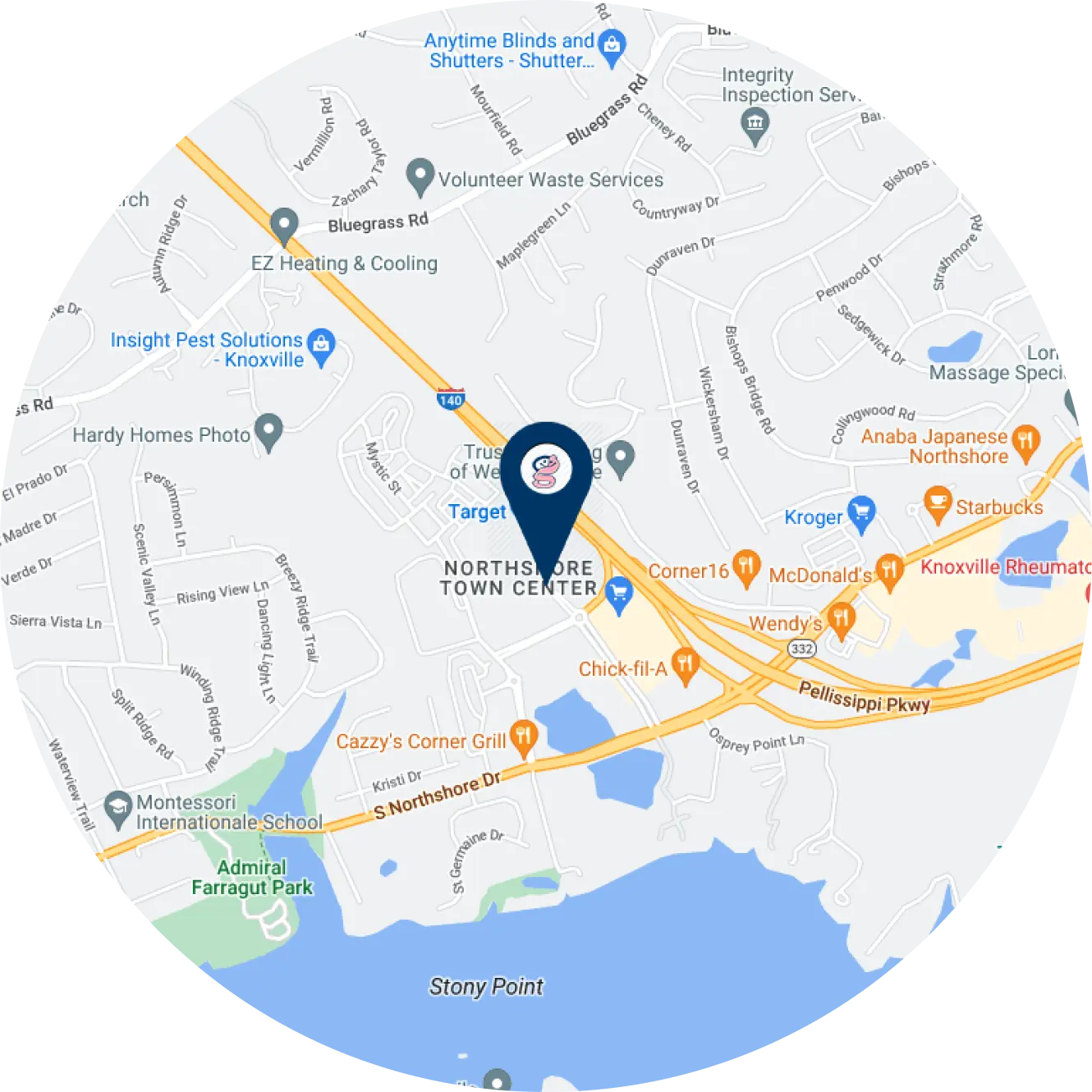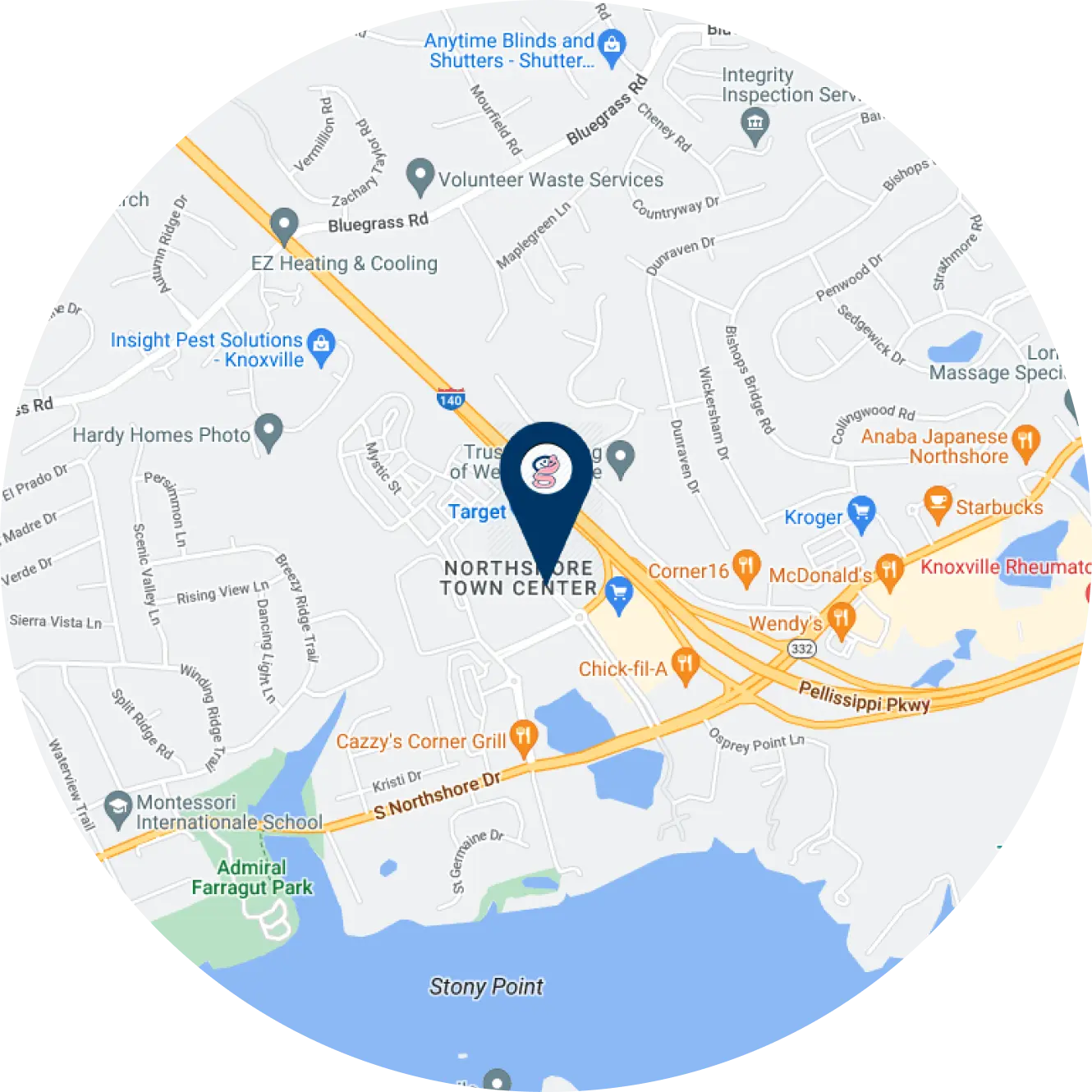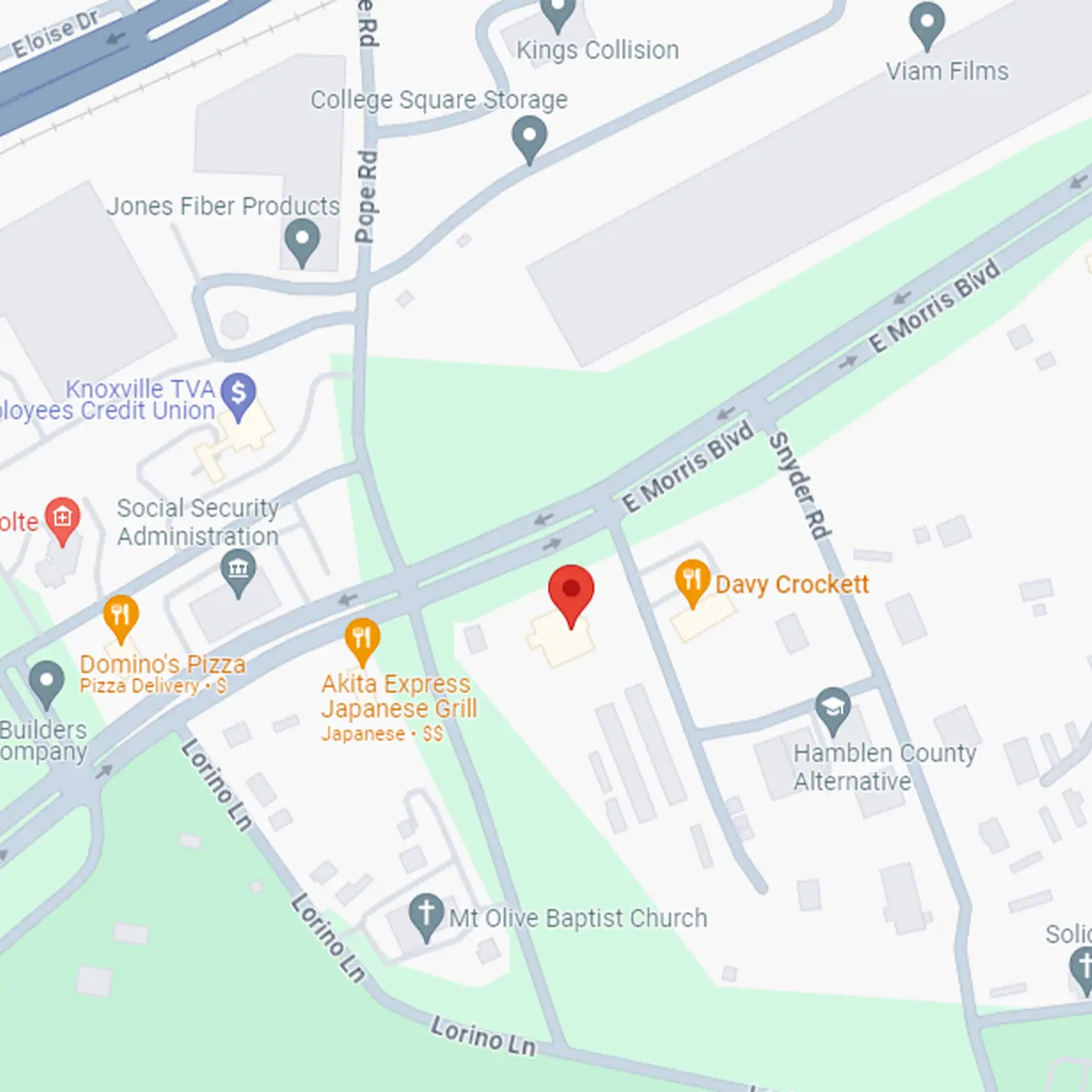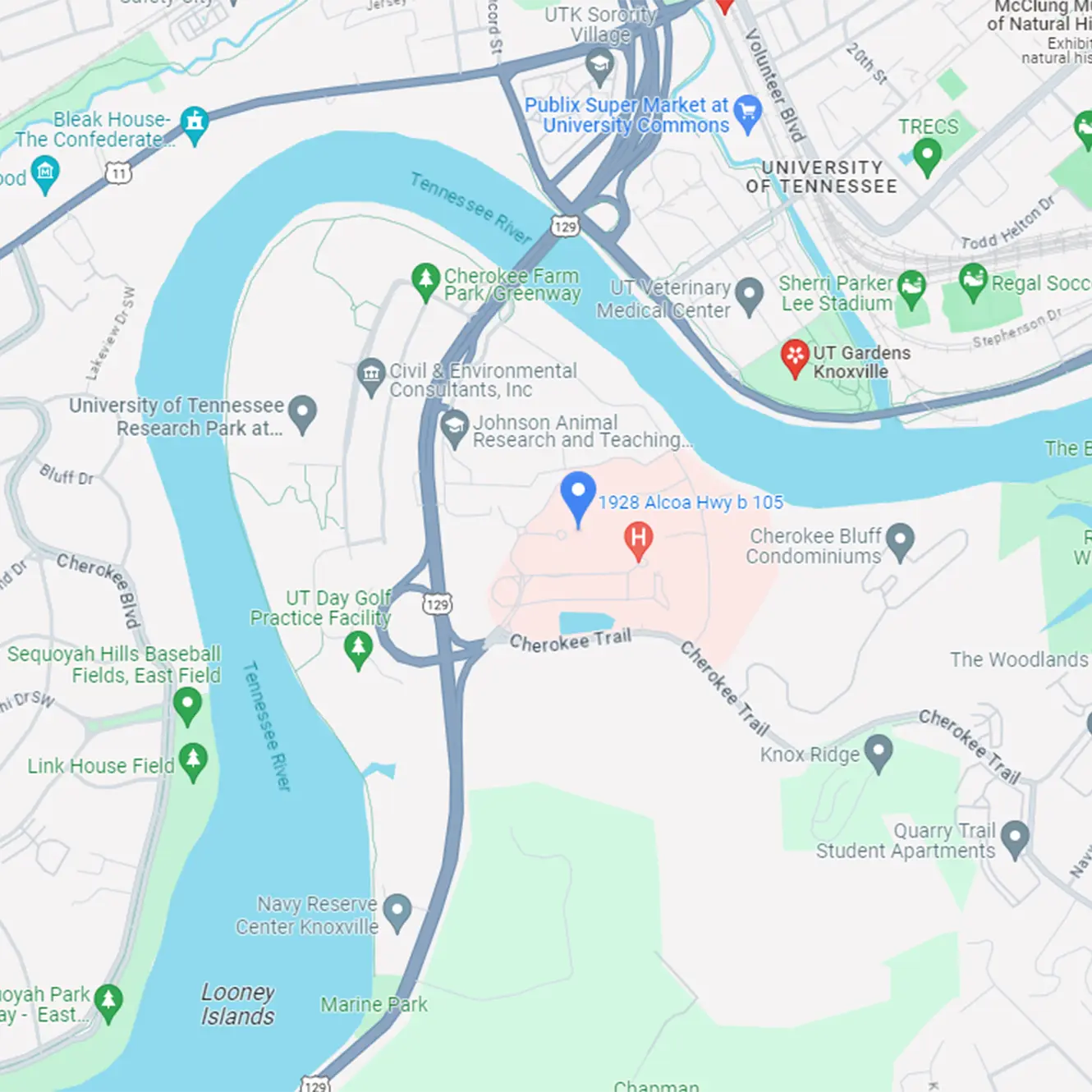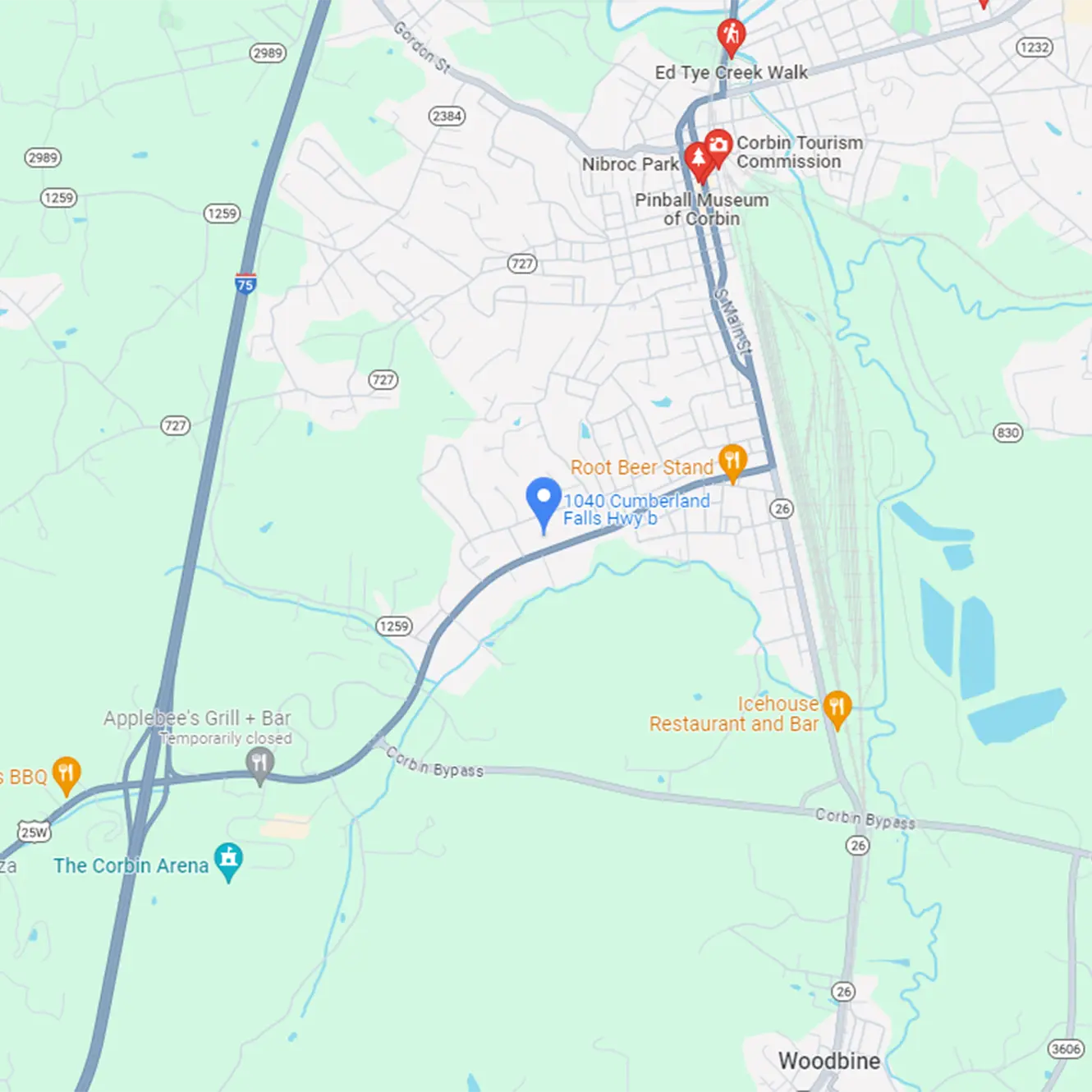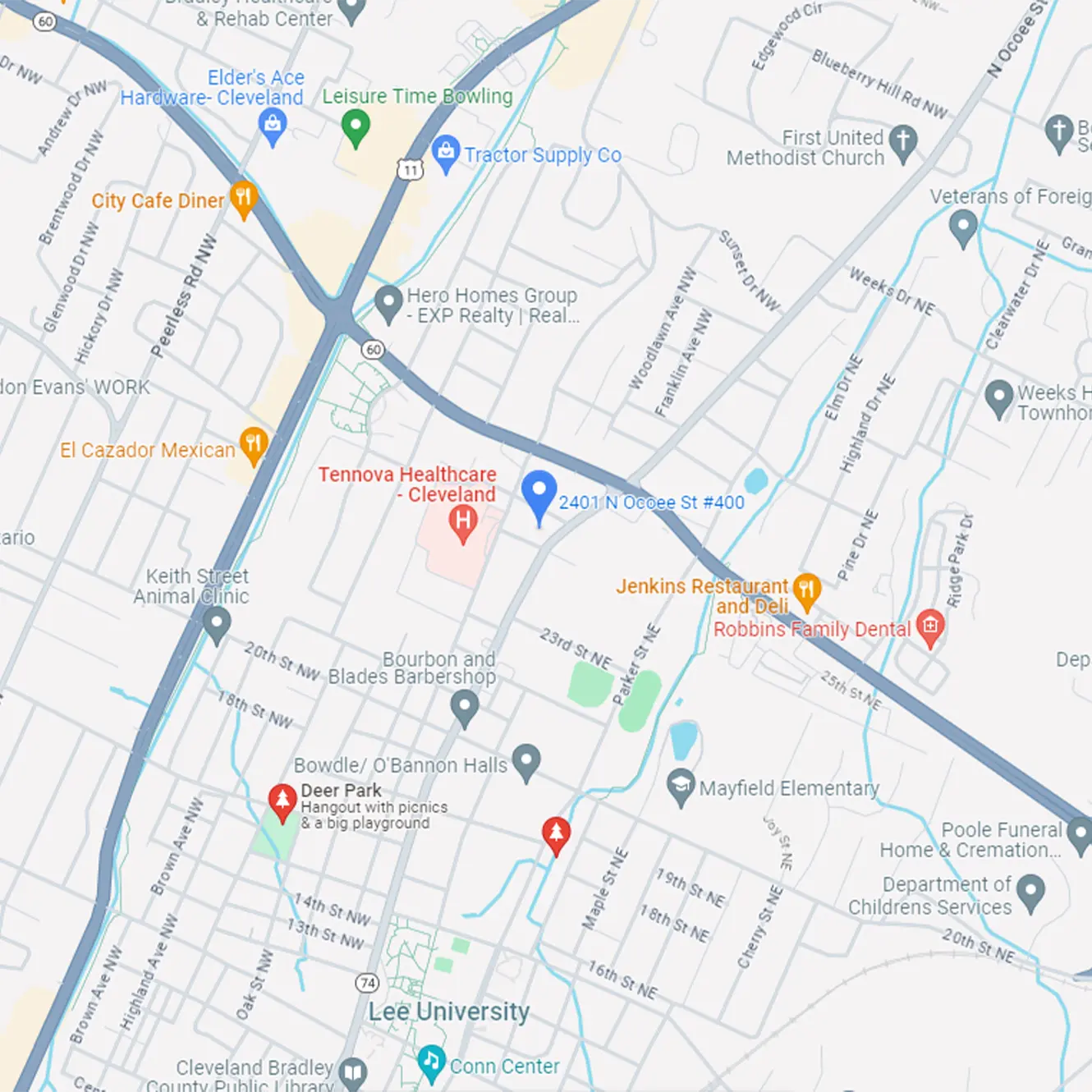If the feeding tube becomes disconnected:
- Stop the pump and estimate the amount of formula lost.
- Thoroughly wipe the tube connections with soap and water-they must be free from formula buildup.
- Clean the inside of the feeding port with a cotton-tipped applicator and irrigate the feeding set (not attached to the patient) with warm water.
- Dry the connections and firmly re-attach the tubes, add formula to estimate the amount lost and restart feeding.
G-Tube balloon leaks, ruptures, or comes out:
- If it is a new G-Tube (Bard Button or MIC-KEY), it must be replaced either at the MD office or at the hospital.
- Bard Buttons cannot be replaced in the home. If your button (or new MIC-KEY) comes out, insert the latex free catheter into the stoma (to keep it open), tape it in place, take your spare G-Tube kit and the patient to the ER or your MD’s office if open for insertion.
- Always have a replacement G-Tube and Foley catheter available.
Tube Blockage:
- In general to prevent blockage, flush the tube with 5-10 mL of warm water before and after feedings, and before and after medications. Also every 3-4 hours with continuous feedings and after checking stomach contents.
- Try 5ml of a carbonated drink such as Sprite. If the tube continues to have problems call your physician.
Stoma and skin problems:
- Redness or soreness around the skin and stoma may be the result of gastric leakage. Clean and dry the area frequently. Be sure to rotate the G-Tube a full circle during daily care.
- Call the physician if the stoma is bleeding, persistently red and sore, the red area is larger than 1 inch in diameter, the stoma emits an odor, the skin around the stoma is swollen, there is pus around the stoma, or the patient has a fever.
Granulation Tissue:
- Granulation tissue is the body trying to repair the surgical incision. The tissue may grow and require treatment. If it bleeds or a large amount of tissue builds up, contact your physician.









